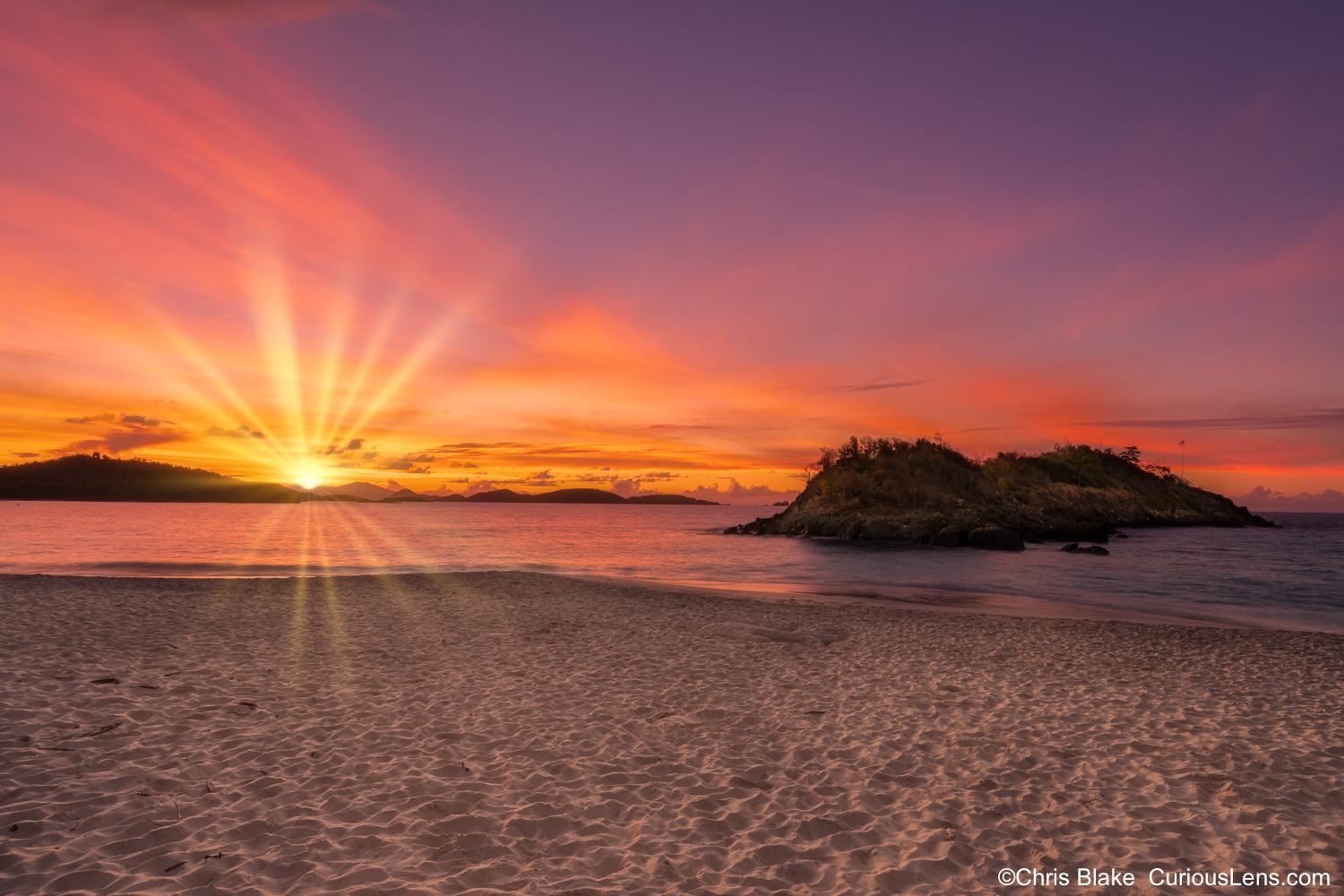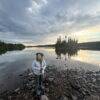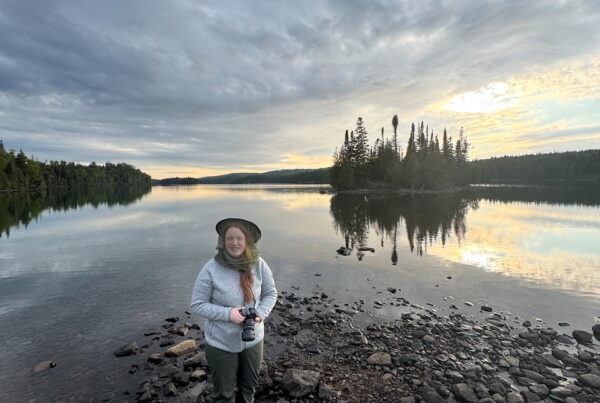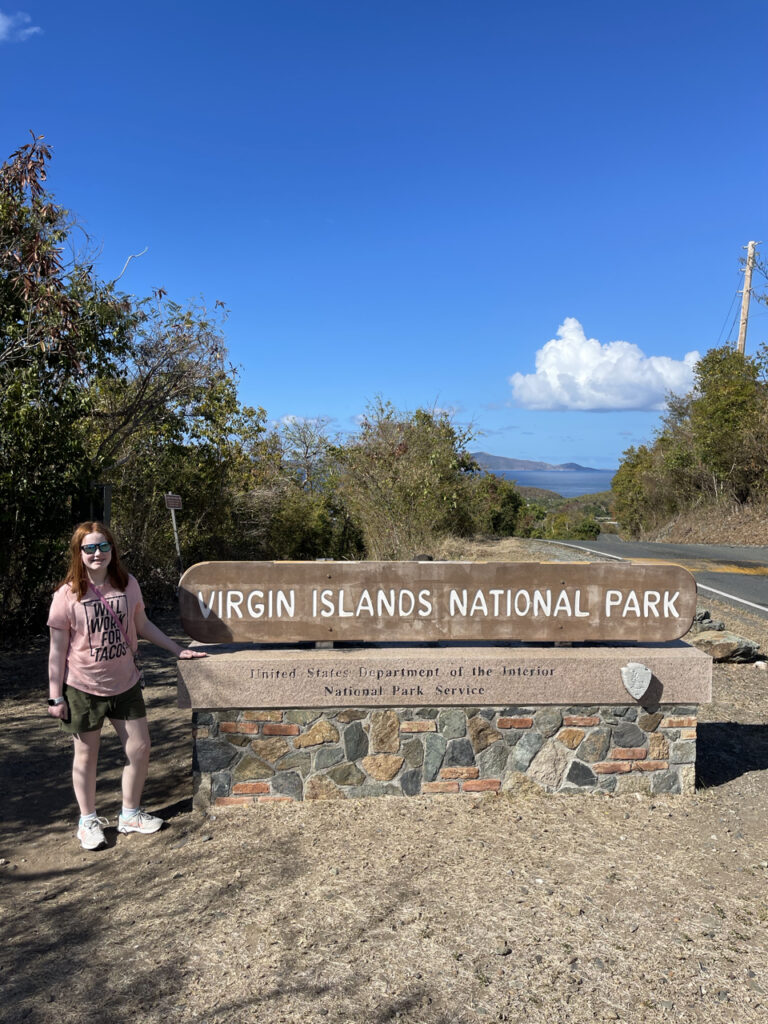
Just four short days after our return from the West Coast, we set off to explore our 30th National Park—this time in the warmth of the Virgin Islands National Park on St. John, which is part of the U.S. Virgin Islands. A tropical paradise, this park spans approximately 15,000 acres of lush land and another 5,500 acres of ocean, gifted by Laurance Rockefeller in 1956 to the National Park Service for the creation of the park. Over the years, additional lands and marine areas have been acquired to safeguard the vibrant coral reefs and diverse marine life. The protection of these waters was significantly strengthened by the establishment of the Virgin Islands Coral Reef National Monument in 2001.
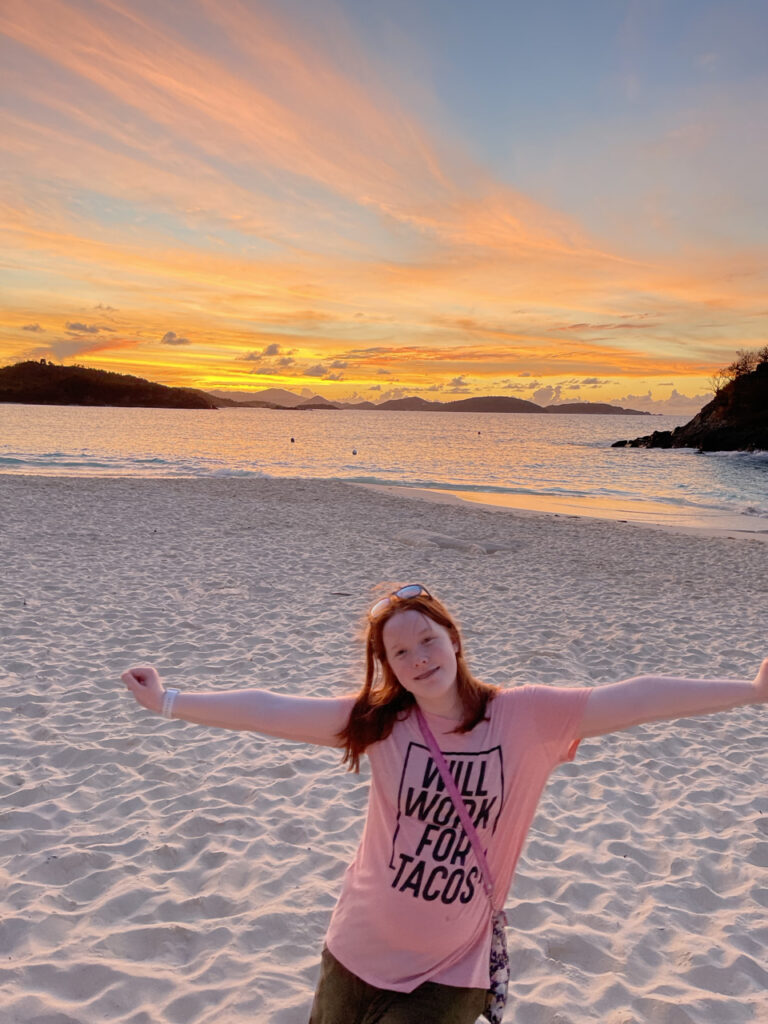
The park is celebrated for its stunning beaches, rich coral reefs, and historical remnants of the sugarcane and rum industries that once thrived here. Key historical sites include the Annaberg Plantation and the Reef Bay Sugar Factory—two of the most well-preserved sugar mills on the island. The Annaberg ruins, for instance, showcase what was believed to be the island’s largest windmill, standing at thirty-eight feet. In the absence of wind, slaves were forced to feed sugarcane into a horse mill, which was then powered by the circular walking of horses or mules. These sites were prolific producers of sugar, molasses, and rum.
The island was severely impacted by two category 5 hurricanes, Irma and Maria, in September 2017, and signs of recovery are still evident throughout. Despite the challenges, the spirit of resilience is palpable across St. John.
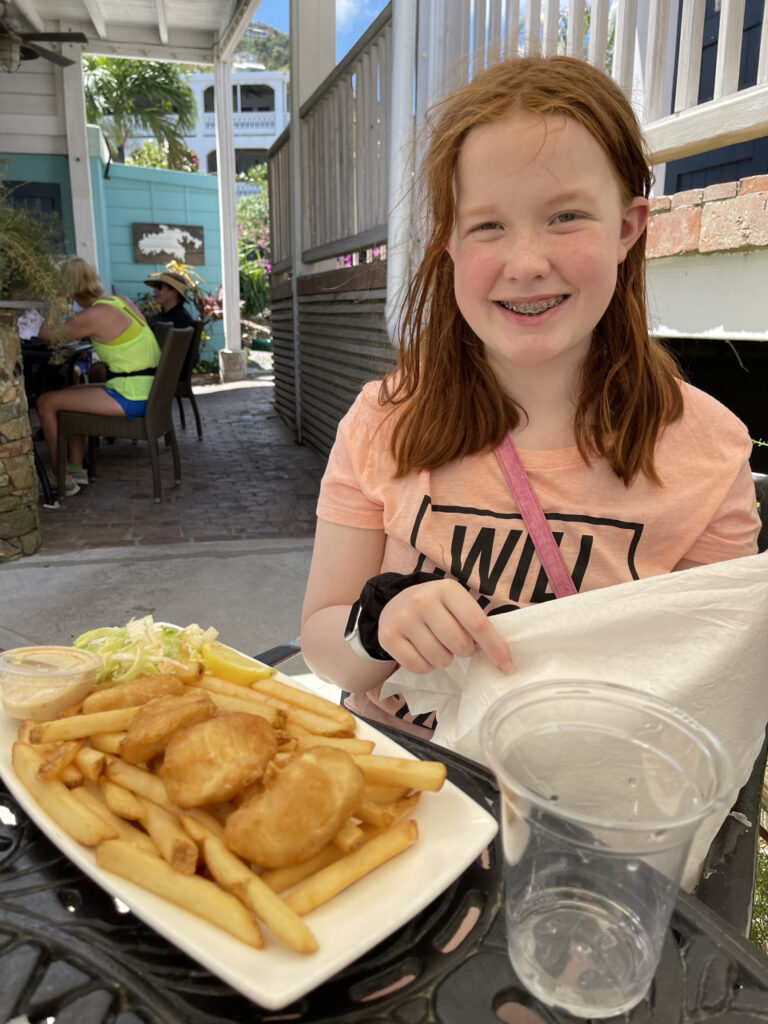
Accommodations on the island remain a costly affair, especially post-COVID, with prices still soaring. We opted to stay at the Concordia Eco Lodge on Drunk Bay, a property famed for its integration with nature but heavily damaged by the hurricanes. It is currently under reconstruction, with some rooms available for guests. Built into a mountainside, the lodge offers breathtaking views of Salt Pond Bay and Drunk Bay from every room, appealing particularly to eco-conscious travelers. Dining under the starlit sky on our deck was undoubtedly a highlight.
However, much rebuilding is needed, and facilities are quite basic—there’s no front desk or official check-in, just a room with a key waiting and a priceless view. The ongoing reconstruction efforts are supported by daily labor, which is helping gradually restore the lodge.
St. John offers all essentials for a memorable stay, sans any large chain stores, maintaining its quaint charm. The island cuisine is a delightful fusion of local and West African flavors, and there are ample facilities for renting beach gear.
Our journey began with a flight to St. Thomas, followed by a car rental and a short ferry ride to St. John. We wasted no time on arrival, heading straight to Trunk Bay for an enchanting sunset at the beach—setting the tone for what was consistently a picturesque trip.
During our stay in the Coral Bay area, we caught the sunrise and spent a morning snorkeling in Trunk Bay. After a local lunch, we visited Cruz Bay for some souvenirs and indulged in the town’s best ice cream. Our day ended with a sunset hike to Salt Pond and Ram Head, recommended by locals and proving to be a scenic, though challenging, trek.

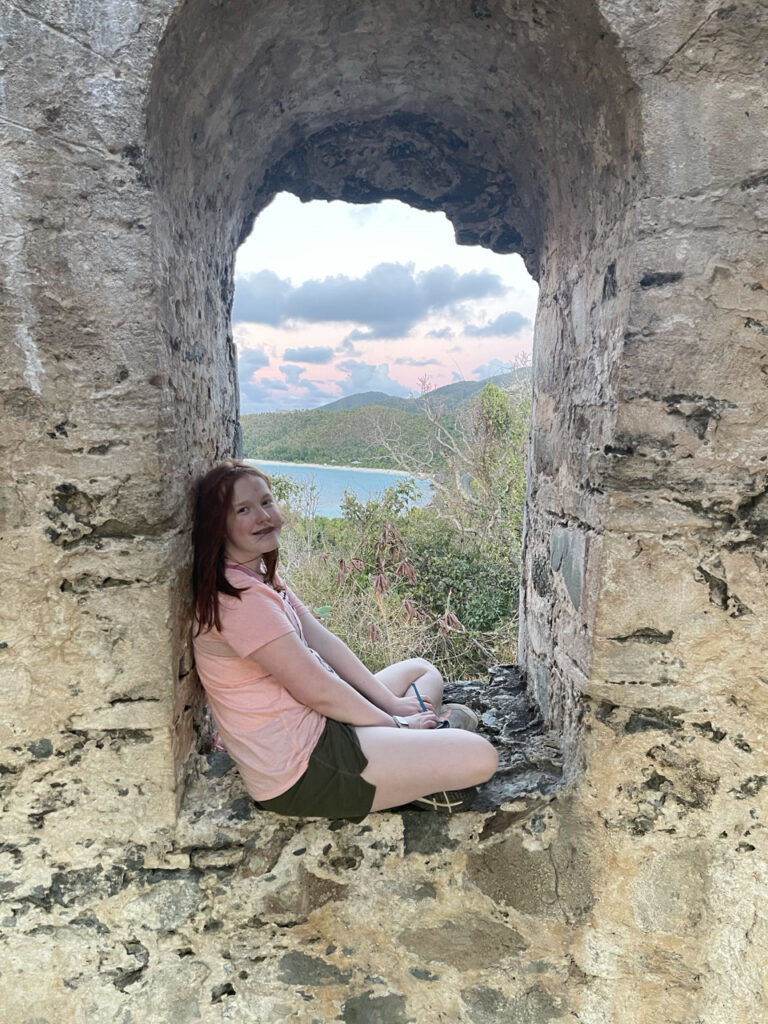
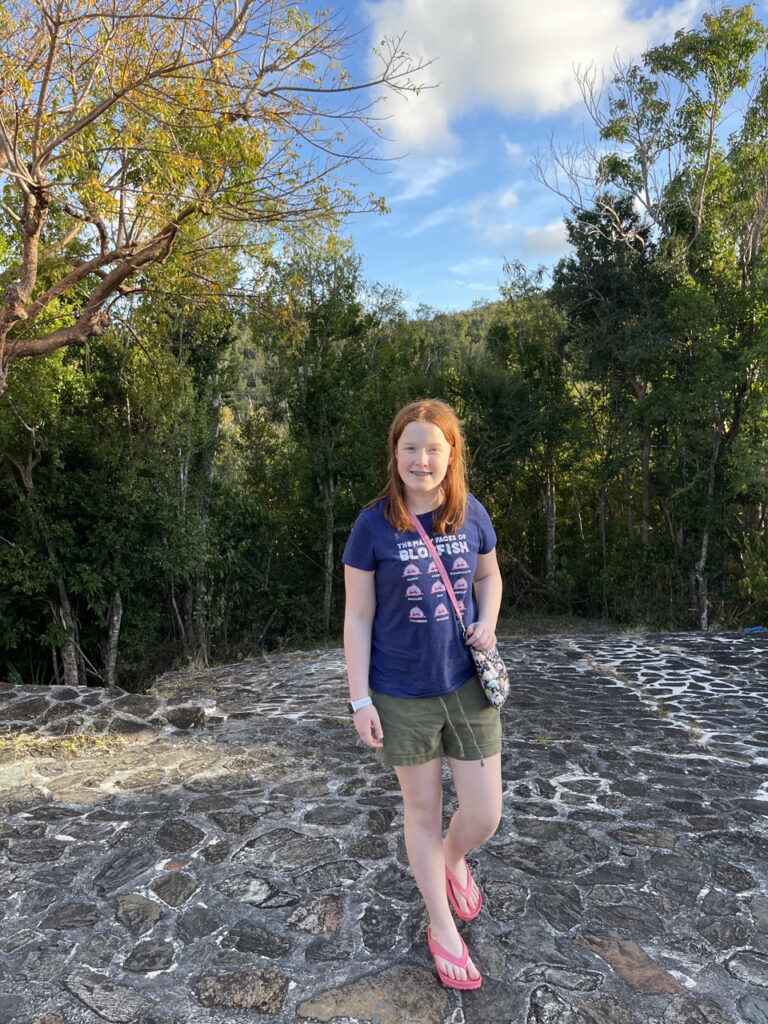

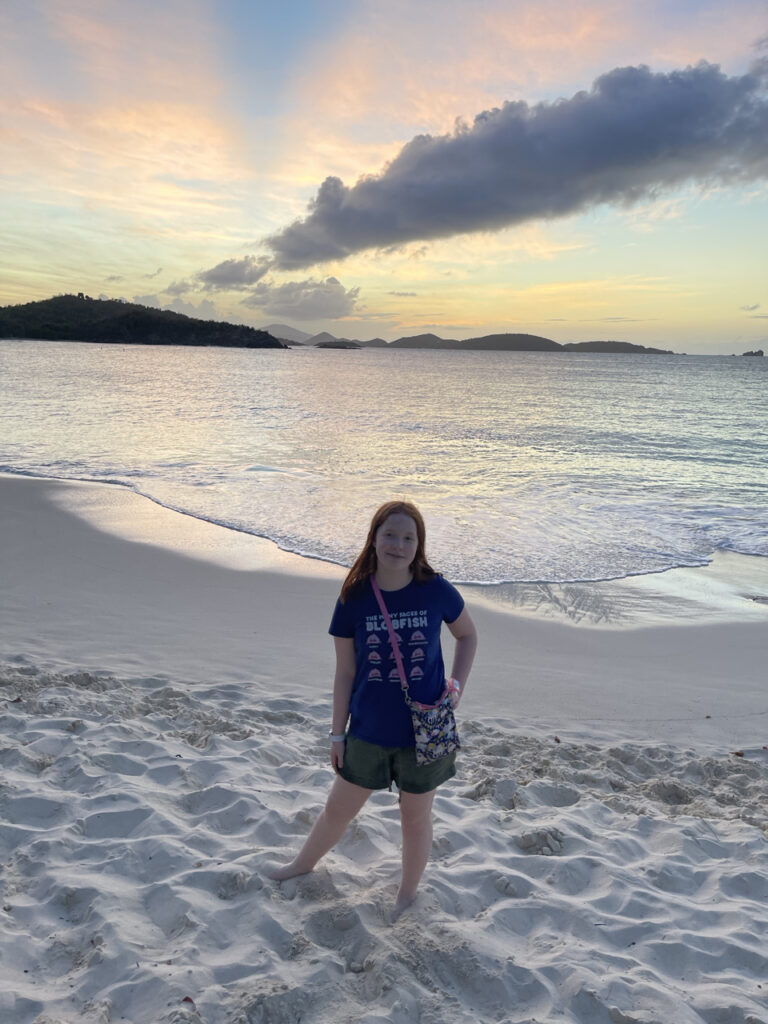
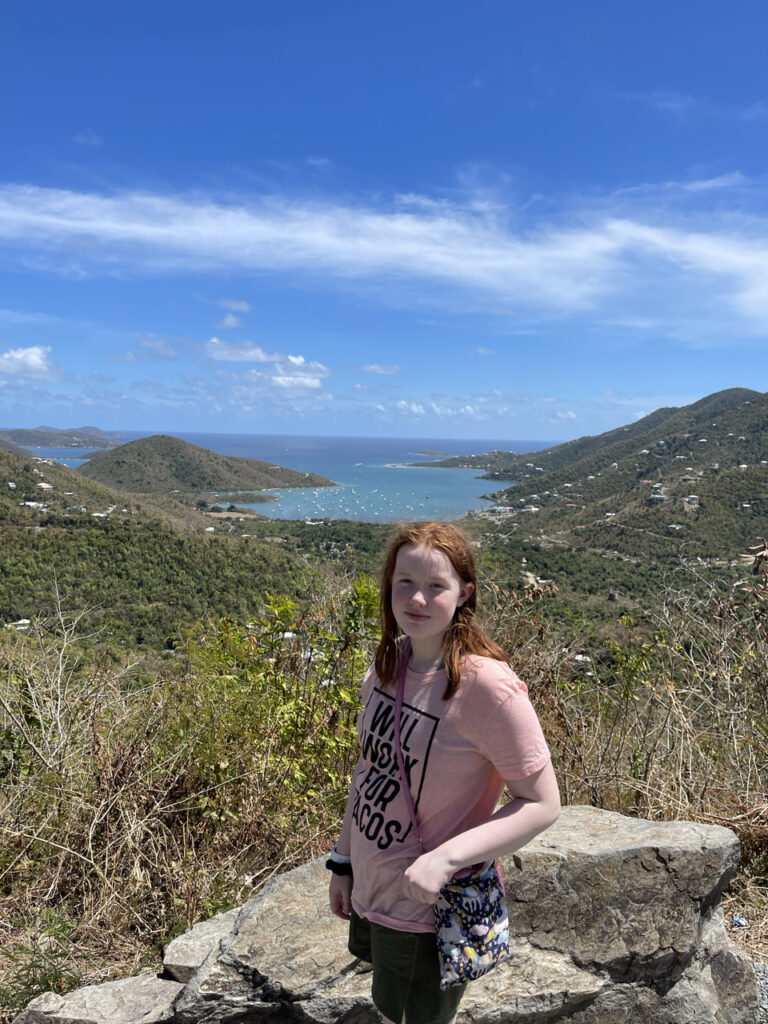
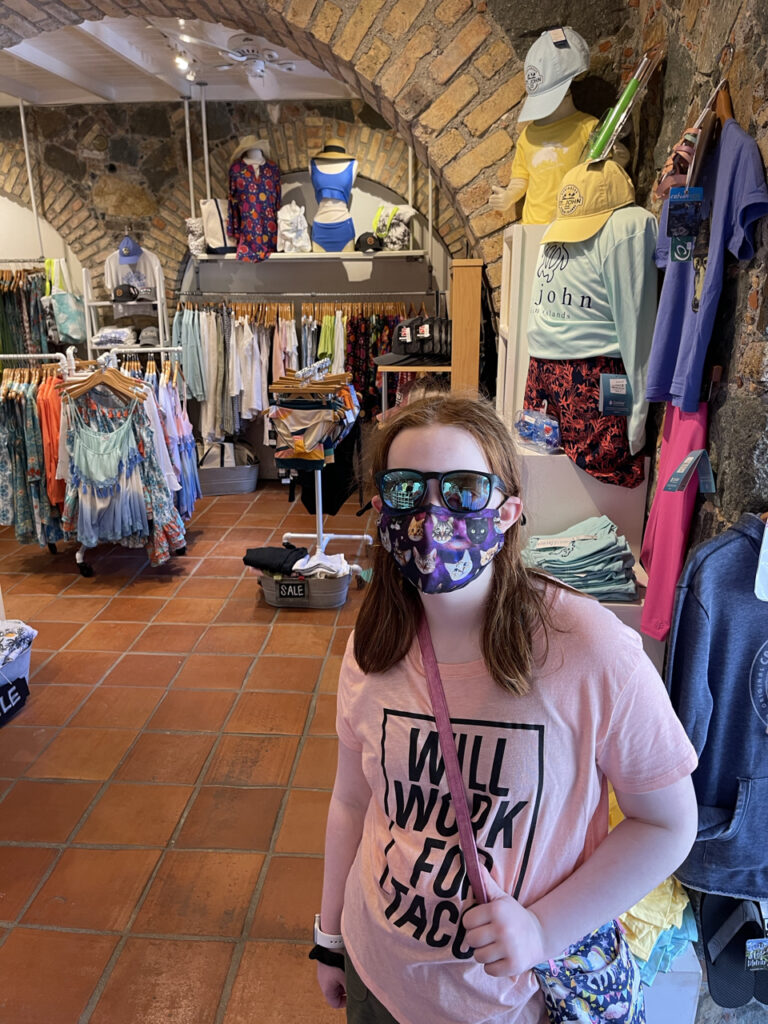
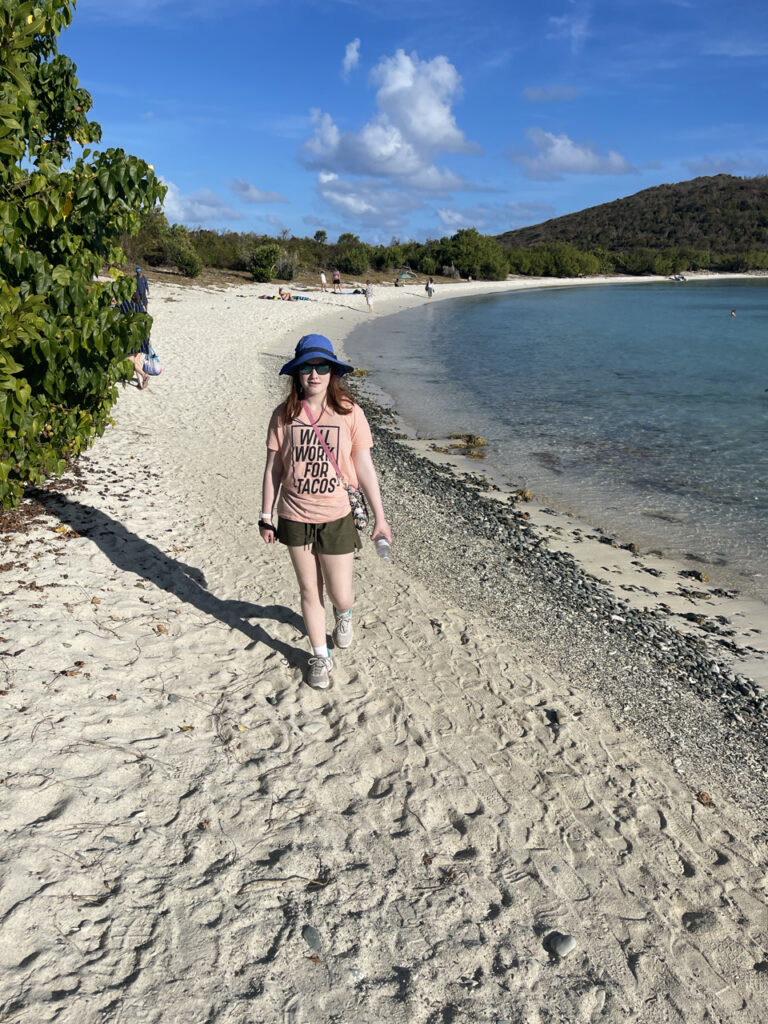

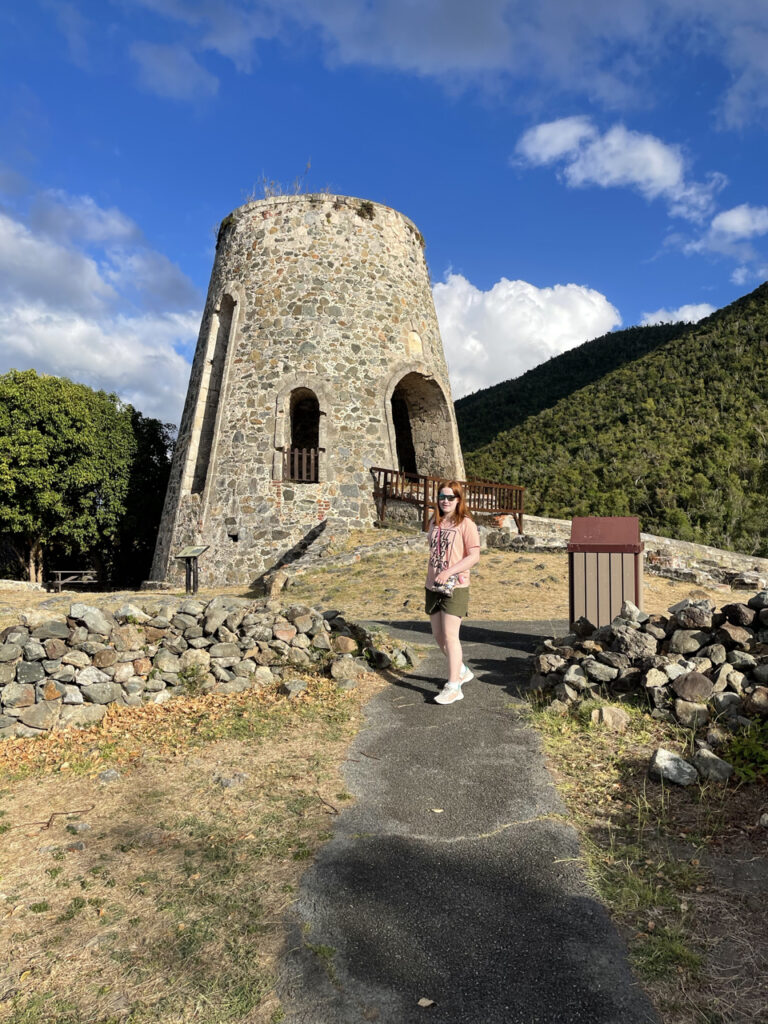
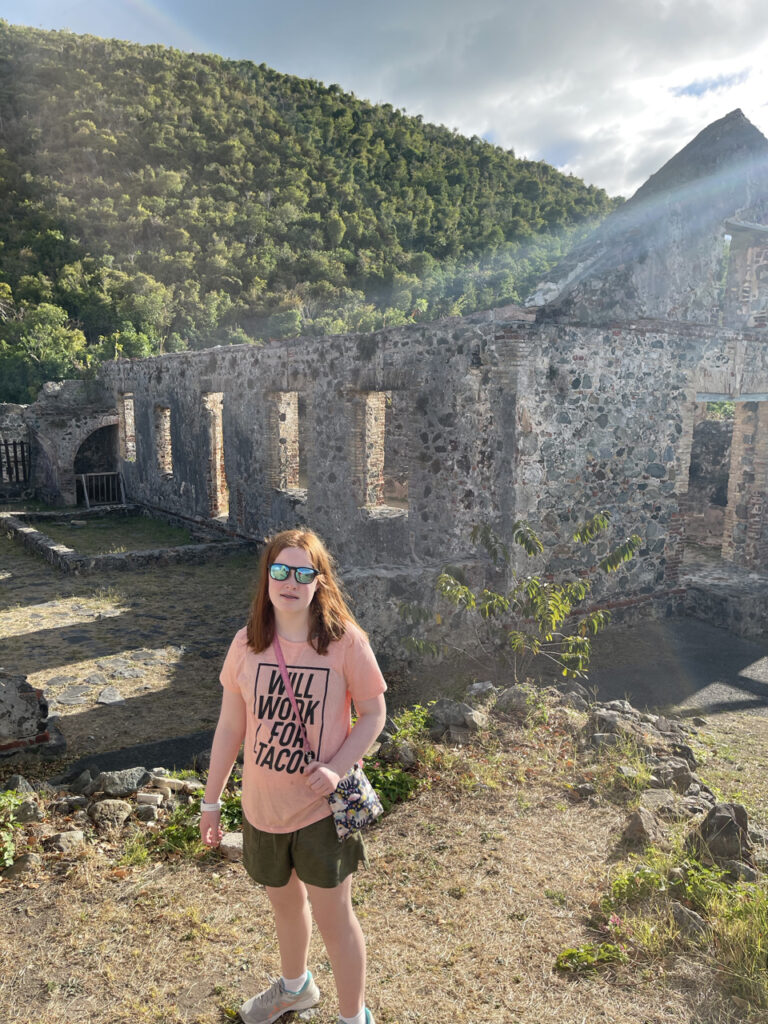
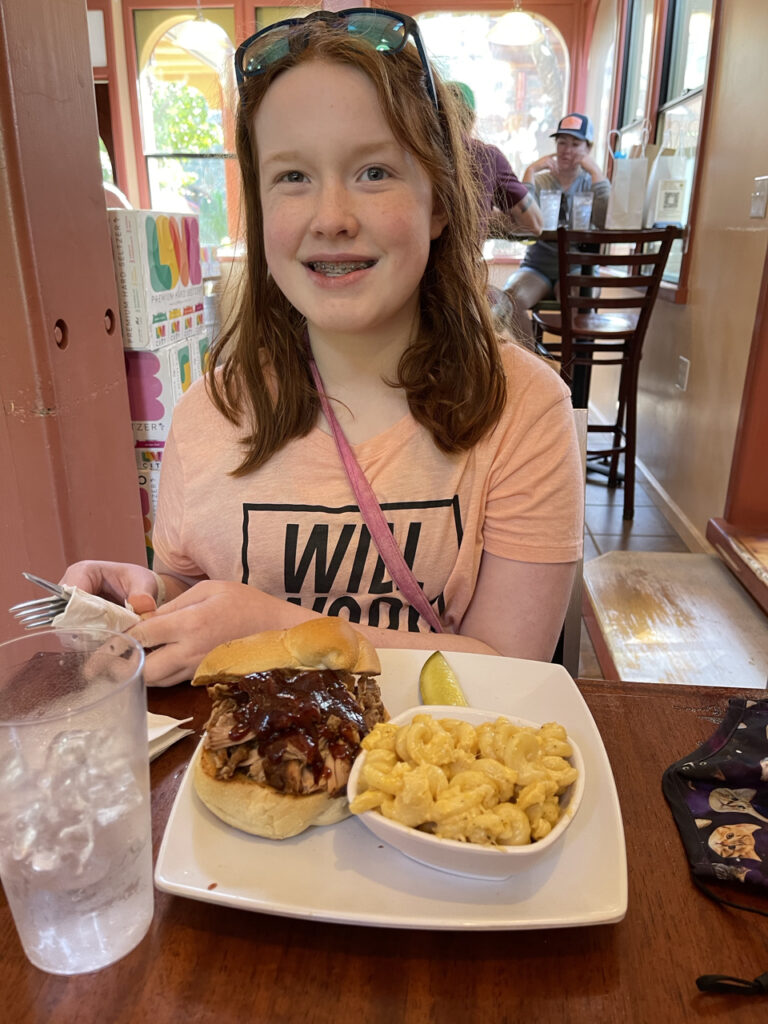
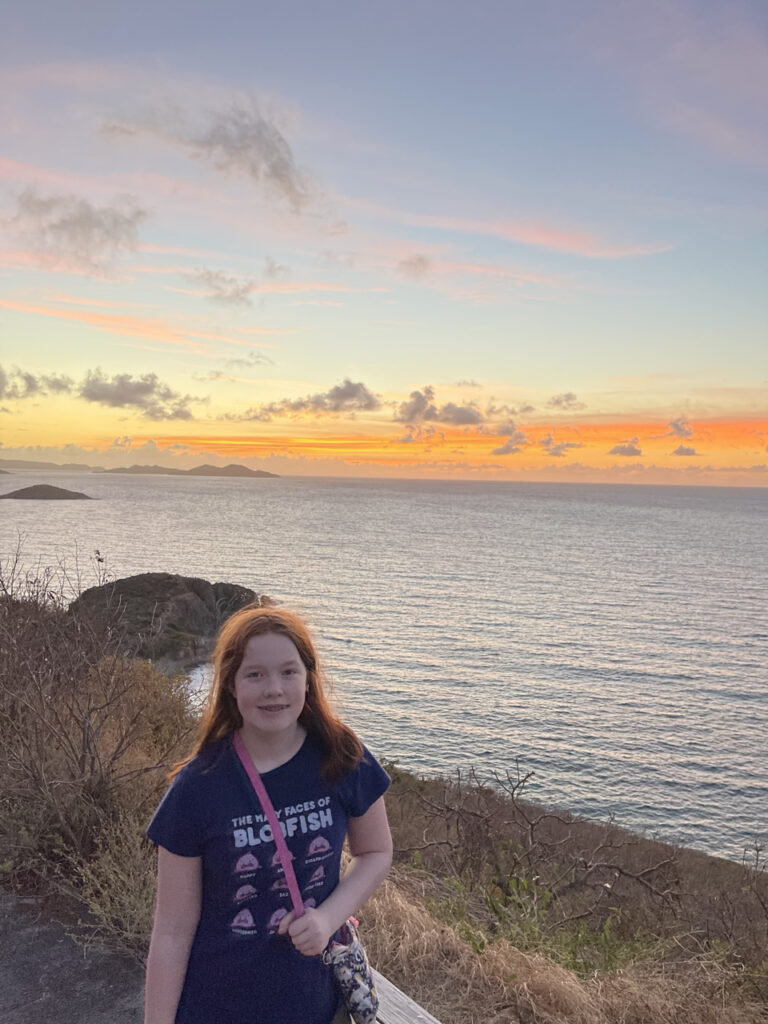
Our subsequent days were filled with more photography at Trunk Bay, explorations of the entire island, and visits to various historic sugar plantations like Catherineberg and Peace Hill Windmill—the latter offering a panoramic view that was simply breathtaking. Our adventure culminated in one of the most spectacular beach sunsets at Trunk Bay, a fitting end to a memorable journey.
